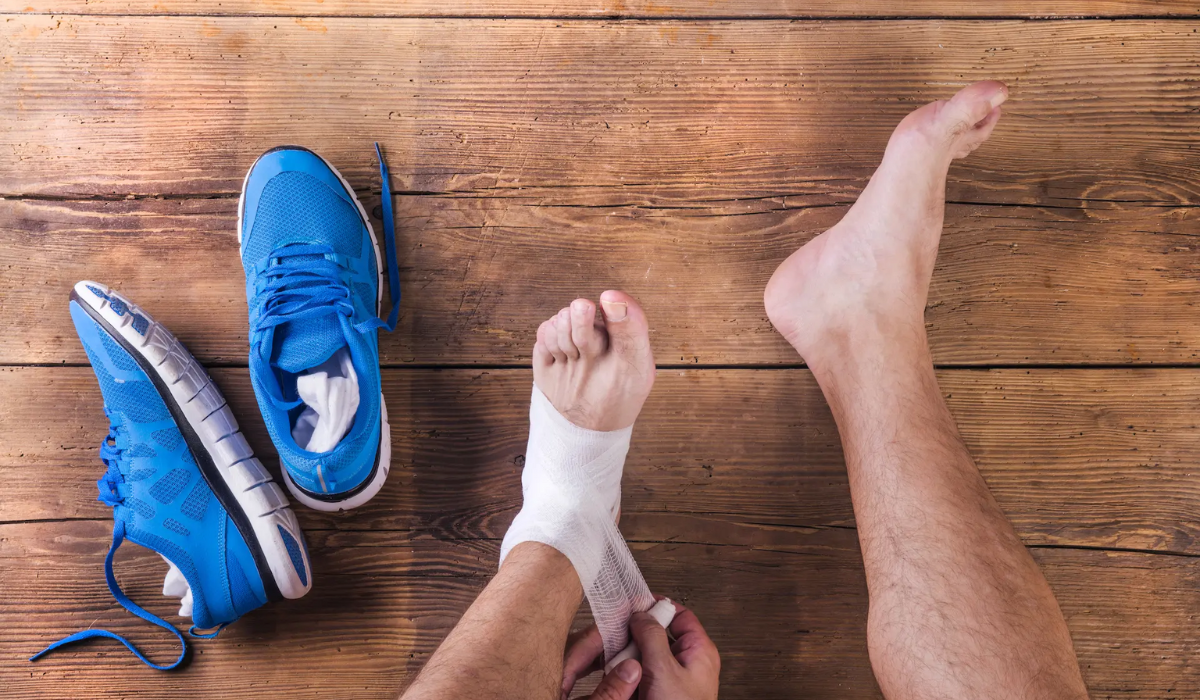Post Marathon Feet Recovery
Health

Marathon running is not for the faint of heart. It takes a lot of time and effort to prepare for such a big race, and the actual race itself is a grueling test of endurance, strength, and mental toughness. It's no surprise that your body will be completely exhausted after running 26.2 miles. Especially, your feet go through a lot during a marathon, which people tend to overlook. In this blog post, we'll take a closer look at how your feet recover—or don't—after a marathon.
Post-Marathon Swelling
One of the most noticeable side effects of a marathon is foot swelling. This is common and normal, but swelling can also cause discomfort and, in severe cases, pain. You might experience swelling on the top of your feet, around your ankles, or all over your feet. To reduce this, the R.I.C.E method is the most effective that is Rest, Ice, Compression, and Elevation. The cold-water baths or ice baths also play a vital role in reducing soreness and swelling.
Blisters & Calluses
When running a marathon, blisters and calluses are the typical battle wounds, and they can cause tremendous pain when running. Blisters form as a result of friction and can occur in any spot where your shoe rubs against your skin. To prevent blisters, you should wear well-fitting shoes, thick socks, and use lubricant. Calluses come from chronic friction and form as an adaptive response of your skin. They may not be painful like blisters, but a pedicure salon can take care of it. You can use pumice stone to rub over your calluses, which is also an affordable alternative.
Arch & Heel Pain
Marathon runners often experience pain in their arches and heels. The intense pressure from high-impact activities can cause micro-traumas in the feet that lead to ailments like plantar fasciitis. To prevent these issues, regular knee-to-wall exercises can stretch the calf muscles, which takes some pressure off the plantar fascia. A foam roller or golf ball will help ease tension in the plantar fascia and heel.
Recovery Tips
The best thing to do after your marathon is to let your feet rest. Check your feet regularly for signs of injury and swelling. In case of any inflammation, take an anti-inflammatory or pain reliever. Overall, keep your feet elevated, and minimize your walking to allow the body to heal. After a few days of rest, you could do some foot stretches, roll your feet with a golf ball, massage your feet, and apply heat for tension relief. Proper nutrition and hydration aid in faster heel recovery.
Your feet go through a lot during a marathon, and the recovery process is essential for every runner. The post-marathon soreness of the feet can quickly be reduced by resting, icing, and elevating. It's necessary to wear running shoes that fit well and to use lubricants to prevent blister formation. If you experience any foot injury during the event or more than a week post-race, it is always good to consult an experienced podiatrist. Take care of your feet, so you can continue your running journey with happy feet!